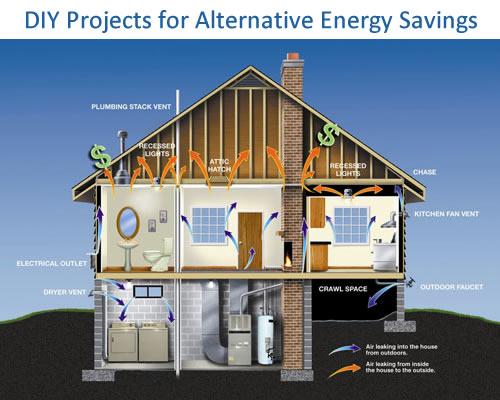The average U.S. household spends about $5,500 a year on energy. By using less energy, we not only save money, but we also save precious natural resources and cut down on pollution.
Len Calderone for | HomeToys
The U.S. Environmental Protection Agency (EPA) released new rules to limit carbon emissions from new coal power plants. The proposed rules are part of President Obama’s broader Climate Action Plan aimed at combating climate change.
Under the rules, new coal-fired power plants would be limited to 1,100 pounds of CO2 per megawatt-hour. The rules also would require new plants to implement partial carbon capture and storage (CCS) technology.
Critics of the proposed rules argue that the rules will cripple the coal industry by effectively banning the construction of new plants. Coal provides most of the electricity that we use, generating about 40 percent of our power. If these regulations go into effect, electricity prices will soar. Therefore, it makes sense to do whatever we can to save energy in our homes.
To start saving money on your home's energy, a home energy audit should be performed, either by your local energy provider or an independent energy auditor. They will be able to tell you where you are losing energy and therefore money.
An auditor can give your home a checkup for leaks, examining insulation, inspecting the furnace and ductwork, performing a blower door test and using an infrared camera to show where energy is being lost. Part of what you can do to help is to make the house more energy efficient on your own.
To begin with, you should determine whether you need to add additional insulation.
Unless your home was built energy efficient, you can probably reduce your energy bills by adding more insulation. If you own an older home, it has less insulation than the homes built today.
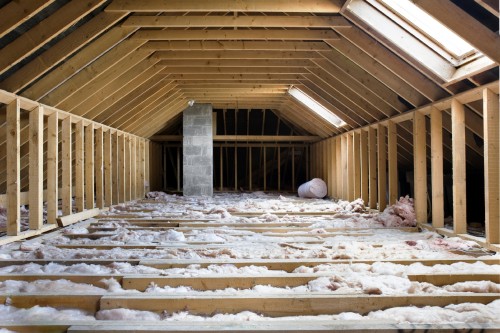
To start, you first need to find out how much insulation you already have in your home, including the type of insulation and the R-value and thickness. When you find out the R-value of your insulation either from an energy assessment, the home builder, or your own inspection, you can then use the U.S. Department of Energy's Zip Code Insulation Calculator to determine how much insulation you should add and where you should add it for maximum energy efficiency.
Heating water accounts for up to 30 percent of the average home's energy budget.
Tankless water heaters, which use high-powered burners to quickly heat water as it runs through a heat exchanger, are 22 percent more energy efficient on average than existing water heaters.
 |

|
Gas vs. Electric tankless water heater
This type of water heater uses a heating element to heat the water instantly as it flows through a network of pipes as it makes its way to the outlet. With a conventional water heater, water stands in the tank as the hot water waits to be used; thereby losing heat over time. Then the water has to be re-heated.
You can save money two ways with a solar energy system. Solar electric systems generate electricity for your home or business and route the excess power into the electric utility grid for compensation from the utility company.
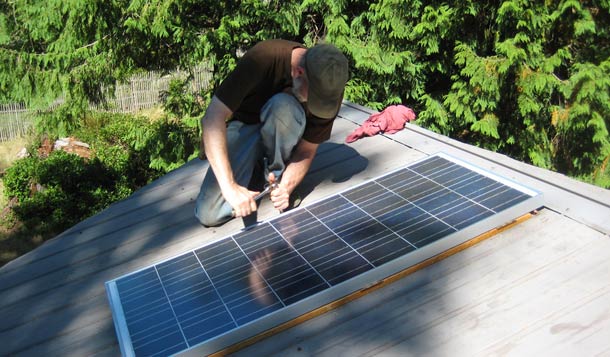
Depending on how much wattage that you will need for your home, DIY solar systems can cost as little as $5,000.00.
A simple home solar power system is comprised of four basic components: a solar panel, a charge controller, batteries and an inverter, which could be installed in a short time. Once installed, there are no maintenance issues other than checking the fluid level in the batteries every few months.
If you do not live where the sun shines daily, you might want to consider wind energy. The Wind Resource Atlas of the United States will give you a rough idea if you are in a location with wind potential.
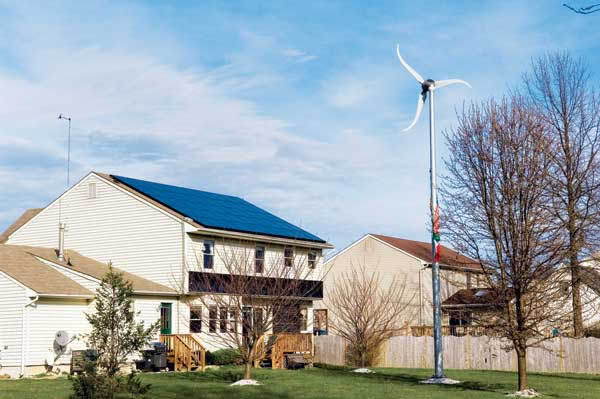
While installing a small wind turbine in a city or suburb is certainly possible, you’re much more likely to have the right conditions for home wind power if you live well outside city limits. The U.S. Department of Energy suggests that you live on an acre or more for a home wind turbine to be worth your investment. You’re more likely to find a high average wind speed in wide open spaces far from windbreaks such as buildings and trees.
On average, a typical American home would require a small turbine with a 5-kilowatt generating capacity to meet all its electricity needs; however this can range from 2 kW to 10 kW based on a home’s energy use, average wind speeds, and the turbine’s height above ground, which affects the turbine's productivity. Wind turbine kits run from $4,000 up.
If you have a basement or a part of the home that you would like to heat inexpensively, an indoor clothes dryer vent can help with this and maybe reduce your heating bill, plus it will add moisture to the dry air in your home during the winter. They are really easy for a do-it-yourself person to install and they are very economical.

The indoor lint trap filter captures any lint to prevent it from flying around the house while heating the area. By venting your dryer inside your home you will add extra moisture to your home as the air from the dryer is being circulated inside your home.
It is very important to note that indoor clothes dryer vents should never be used on a gas dryer as a gas dryer will emit fumes into your home that are dangerous.
Another very simple project is to replace all of the incandescent lights with compact fluorescent light bulbs (CFLs). In the last few years, many types of CFLs have been introduced to the market for almost all situations, including lights with dimmer switches and decorative bulbs.
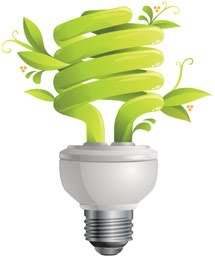
The average U.S. household has more than 50 light bulbs, and with a savings of about $40.00 a bulb over its lifetime, you are talking a great deal of savings.
A great idea from the greenhouse crowd is insulating windows, using bubble wrap packing material. Just spray a water mist on the window, and apply bubble wrap. The bubble wrap will usually stay in place for the full season with one spray. The view is distorted but plenty of daylight comes through.
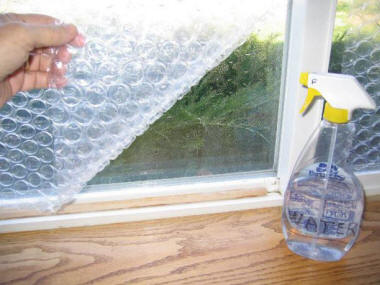
The larger size bubbles work best as an insulator. This is very cost effective with payback in less than one heating season. At the end of winter, you can pull the bubble wrap off, roll it up and save it for next year. If you are going to use a lot of bubble wrap, look for a dealer in packing materials or a greenhouse supply house.
Another savings tip is to go from electric blankets to mattress pad heaters where the power consumption is very low (about 0.15 kWh per night). By using electric mattress pads to heat the bed, the temperature in the rest of the house can be maintained much lower.
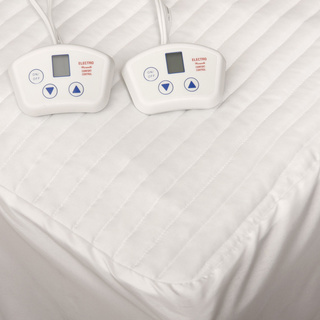
Another way to save energy is to excise the phantom ghosts in the house. Most appliances, especially TVs and computers, have power going to them all of the time. These phantom loads are relatively small, but they add up to considerable wasted electricity. To find out how much power your appliances and gadgets consume even when they’re “off” is with an inexpensive meter, such as the Kill-A-Watt. They cost about $25.00.
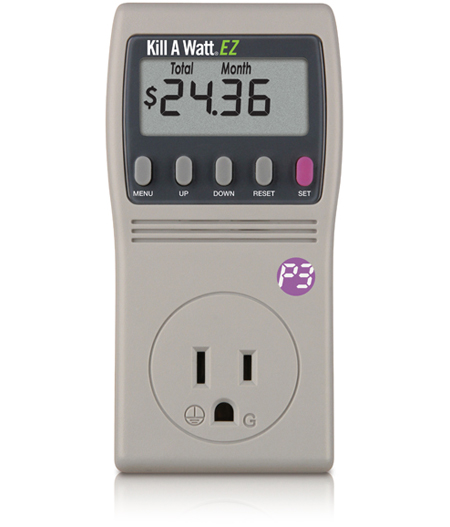
You plug the Kill-A-Watt into the wall, and then plug the device into the Kill-A-Watt. The meter measures power use and keeps totals for the time it’s plugged in. Other brands work similarly. Add up all of the phantom loads and the total wattage will be about 80 watts of power. That’s 700 kWh per year!
Another easy way to save energy is to replace energy gobbling kitchen appliances. Look for Energy Star appliances, which are 30 - 70% more efficient than older models.

Older refrigerators consume as much as 1200 kilowatt-hours per year, whereas an Energy Star unit could be as low as 400 kW. If your dishwasher has a heat-free dryer setting, use it. An induction cook top is a green stove that emits less heat.
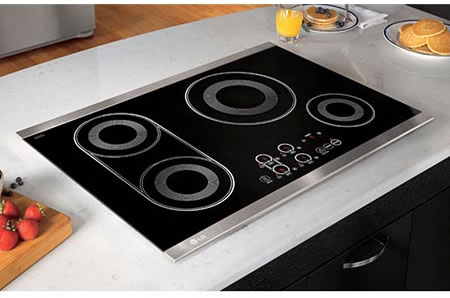
The average U.S. household spends about $5,500 a year on energy. By using less energy, we not only save money, but we also save precious natural resources and cut down on pollution. Using less energy also improves the quality of our lives, as an insulated home keeps the air conditioning inside during the summer and heat in during the winter. Why wouldn't we want to save energy in our homes while doing doing it ourselves?
|
Len Calderone - Contributing Editor
Len has contributed articles to several publications. He also writes opinion editorials for a local newspaper. He is now retired.
|
 |
The content & opinions in this article are the author’s and do not necessarily represent the views of AltEnergyMag
Comments (1)
Featured Product


